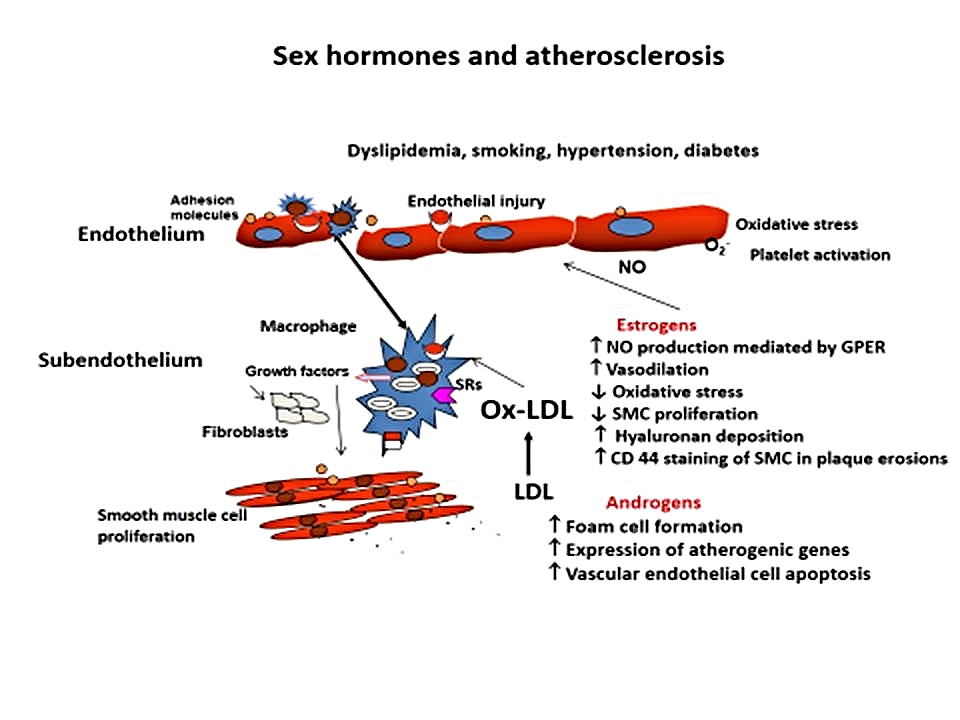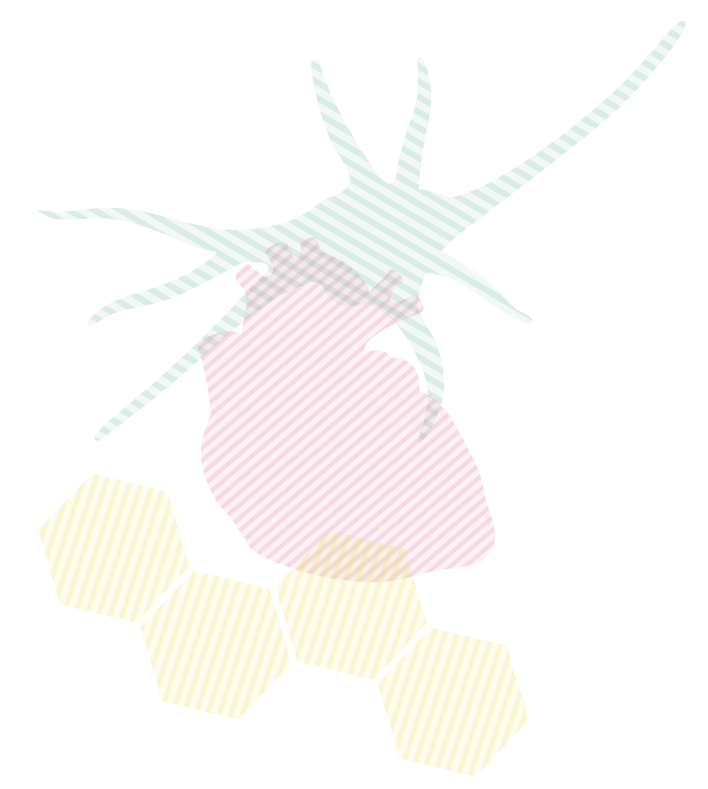Scientists from the Department of Developmental Cardiology and University of Arkansas for Medical Sciences, Little Rock, USA collaborated on the analysis of sex differences in the development of diseases of the heart and blood vessels.
Cardiovascular disease is one of the diseases where sex differences are important. Men are generally at greater risk; this is not only the case for coronary heart disease, but gender differences also exist for its risk factors, such as atherosclerosis and high blood pressure. However, after the menopause, the incidence of cardiovascular disease also rises in women and the differences even out. Experimental studies overwhelmingly confirm the clinical observations. We ourselves were the first to find, thirty years ago, that the isolated right ventricle of the female laboratory rat heart is significantly more resistant to acute oxygen deprivation than the male right ventricle. We are currently focusing on the cellular and molecular analysis of the causes of these differences, particularly the role of mitochondria. In this context, we have been invited by colleagues from the United States to collaborate on the analysis of the causes of sex differences in the development of atherosclerosis. In the review article cited above, we discuss the complexity of the relationship between vascular biology and sex differences. The precise cellular mechanism underlying sex differences in the development of atherosclerotic changes is not yet known. However, the role of hormones and tissue factors in the maintenance of vascular endothelial function seems to play a crucial role. Particular attention should be paid to the different roles of estrogen receptors, G-protein-coupled receptors, lipoprotein A, toll-like receptors and common leukocyte and platelet markers in men and women. A better understanding of these differences may positively influence the therapeutic approach to the treatment of coronary artery disease in women.

Mathur,P., Ostadal,B., Romeo,F., Mehta, JL: Gender-Related Differences in Atherosclerosis. Cardiovascular Drugs and Therapy 29:319-32, 2015










